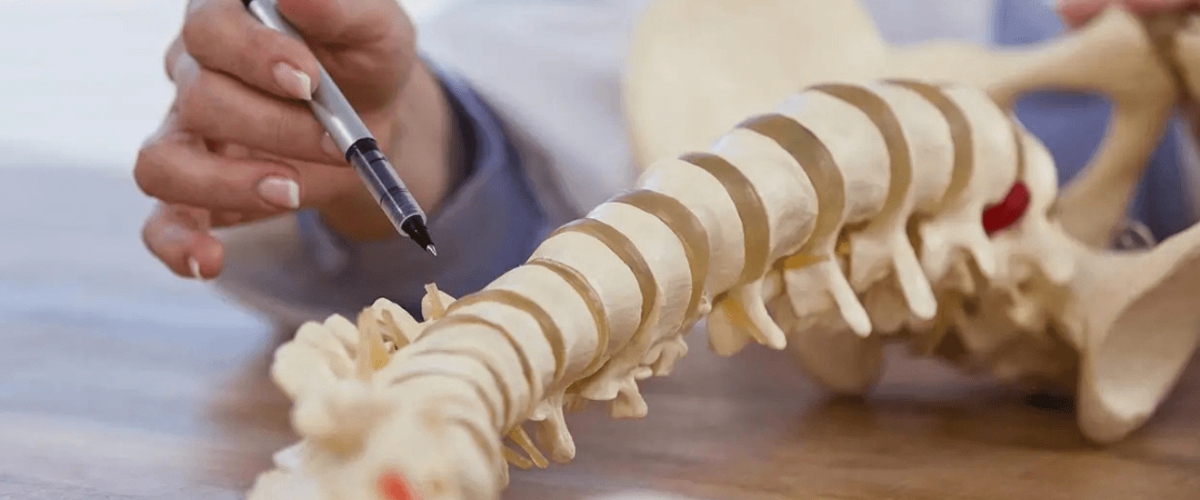Medial Branch Blocks

Cervical, Thoracic, and Lumbar Medial Branch Blocks
Medial branch nerves are the tiny nerve branches that communicate pain caused by the facet joints in the spine. Blocking these medial branch nerves with an anesthetic temporarily stops the transmission of pain signals from the joints to the brain, providing valuable insight into the source of your pain and helping your doctor develop a plan for long-term relief.
Understanding Medial Branch Nerves
The facet joints are small joints on either side of the spine that connect the vertebrae together and allow for movement. The medial branch nerves branch off from the spinal nerves and supply sensation to the facet joints in your spine. They do not control any muscles or sensations in your legs or arms.
When the facet joints are irritated or inflamed due to conditions like arthritis or injury, the medial branch nerves transmit pain signals to the brain. This pain is typically felt on the side of the spine and can be dull or achy.
Understanding how medial branch nerves work is crucial for diagnosing the source of back pain. Medial branch blocks can help pinpoint if the facet joints are the culprit. If the block relieves your pain, it suggests that the facet joints are causing your spine pain.
Benefits of Medial Branch Blocks
Medial branch blocks contain an anesthetic medication delivered around the medial branch nerves. The anesthetic numbs the nerves, which can help to relieve pain coming from the facet joints.
Medial branch blocks offer several benefits, particularly for those experiencing chronic back pain:
- Locating Pain Source: By numbing the medial branch nerves, our dedicated physiatrists can see if the pain in your facet joints subsides. If you experience pain relief, it strongly suggests the facet joints are the source of your discomfort.
- Targeted Treatment: This pinpointed diagnosis allows our team to develop a more targeted treatment plan such as radiofrequency ablation for your specific pain source.
- Minimally Invasive: Medial branch blocks are a minimally invasive procedure with a short recovery time, translating to less risk and discomfort than major surgeries.
- Outpatient Procedure: The block can often be performed right in one of our five offices, eliminating the need to go to a surgery center or hospital for the procedure.
Pre-Op Instructions
- You will be scheduled at one of our convenient locations, listed below, where you will be for approximately 1 hour total.
- You may be required to have a responsible adult drive you home.
- You should take your routine medications (i.e., blood pressure and diabetic medications) on the day of your procedure.
- If you are taking a blood thinner and are having a cervical procedure, please notify the office immediately.
- You must not eat any food six hours before your appointment.
- You may have sips of clear liquids up to two hours before your appointment.
- Wear loose, comfortable clothing to your appointment.
- It is important that you have a high enough level of pain prior to the procedure to see if it is effective; therefore, refrain from taking any medications that lessen your pain before the procedure.
The Medial Branch Block Procedure
- You will lie face down on a procedure table.
- The physician will use fluoroscopic (X-ray) guidance to visualize the area where the medial branch nerve lies.
- The physician will scrub your skin with sterile soap, place a drape on your spine, and direct a tiny needle using fluoroscopic guidance towards the medial branch nerves.
- The physician will inject a small amount of contrast (dye) to ensure proper needle position and then a small amount of anesthetic medication to block the medial branch nerves.
Post-Procedure Expectations
Immediately after the procedure, you will go to a recovery area and be asked to rate your pain on a scale. You may be asked to move around and try to imitate something that usually brings about your typical pain. You may receive a pain log to rate your pain relief for the next several hours after the procedure. The physician will use this information to plan for your further care. Of note, depending on the area treated, the arm(s) or legs(s) may feel weak or numb for up to a few hours after the procedure.
You may return to your normal activities on the day of your procedure, including returning to work.
Medial Branch Blocks Frequently Asked Questions





































 Cervical/Thoracic/Lumbar Medial BB – PDF
Cervical/Thoracic/Lumbar Medial BB – PDF
 Cervical MBB – PDF
Cervical MBB – PDF
 Lumbar/Thoracic MBB – PDF
Lumbar/Thoracic MBB – PDF